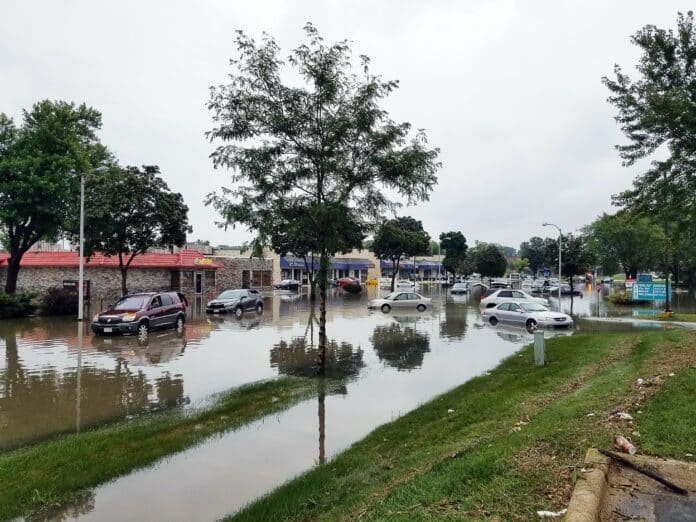Floods can quickly turn lives upside down. According to the World Health Organization, more than two billion people were affected by floods between 1998 and 2017, and those people no doubt recognize just how unsettling floods can be.
Mold cleanup must be done with a sense of urgency, as WebMD indicates that mold can grow very quickly in damp environments. That said, its vital that homeowners only reenter flooded properties when it’s safe to do so. Reentering too quickly and before government officials say it’s safe to do so can put residents in serious jeopardy.
Once it’s safe to reenter a home, the CDC recommends the following approach to address mold after a flood.
¥ Wear personal protective equipment. Gloves, masks and goggles should be worn to protect the eyes, nose, mouth, and skin. While personal protective equipment can be highly effective, anyone with mold allergies or preexisting respiratory conditions like asthma should leave mold cleanup to the professionals.
¥ Discard certain items. Items that are wet with flood water but cannot be cleaned and completely dried within 24 to 48 hours should be discarded. People with flood insurance policies may need to take photos of items prior to discarding them if they hope to be reimbursed.
¥ Open doors and windows. The Federal Emergency Management Agency notes that airing the home out by opening the doors and windows can inhibit mold growth when humidity levels are lower outside than inside.
¥ Circulate air around the house. If it’s safe to turn the electricity back on, circulate air inside the home with fans. In addition, use a dehumidifier to remove moisture from inside the home.
¥ Do not mix cleaning products. The CDC notes the dangers associated with mixing cleaning products. For example, mixing bleach with ammonia can produce toxic vapors.
¥ Scrub surfaces. Use clean water and detergent to remove all visible mold from surfaces around the house. Dry the surfaces immediately after cleaning them.
¥ Avoid refurbishing until all mold has been removed. Mold can grow even if it’s been painted or caulked over. The CDC urges anyone tasked with addressing flood-related mold to make sure surfaces are completely cleaned and dried prior to refurbishing rooms.
¥ Dry the home as quickly as possible. Drying the home as quickly as possible, and ideally within 24 to 48 hours of the occurrence of flooding, can inhibit further mold growth.
However, it’s imperative that residents only reenter a home after getting the go-ahead from local authorities. A safe and quick response to flood-related mold growth can prevent illness and further damage to a home.

